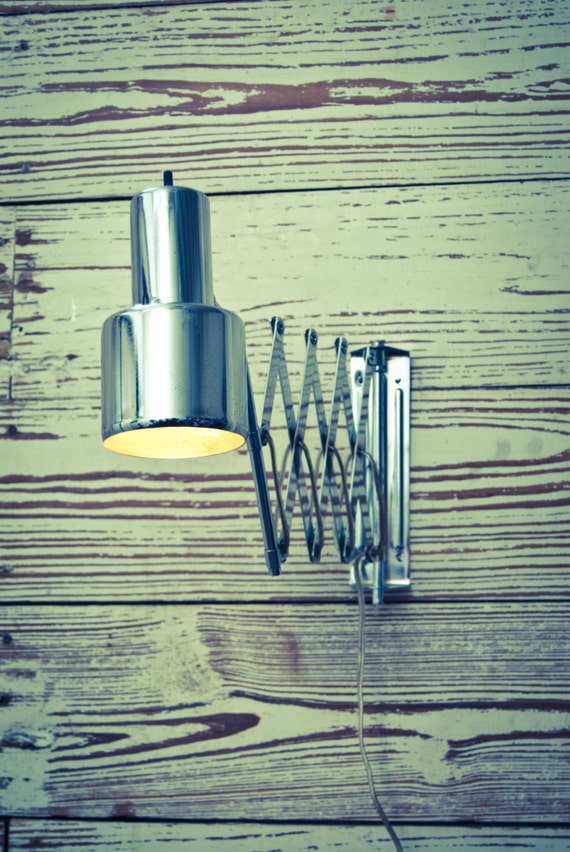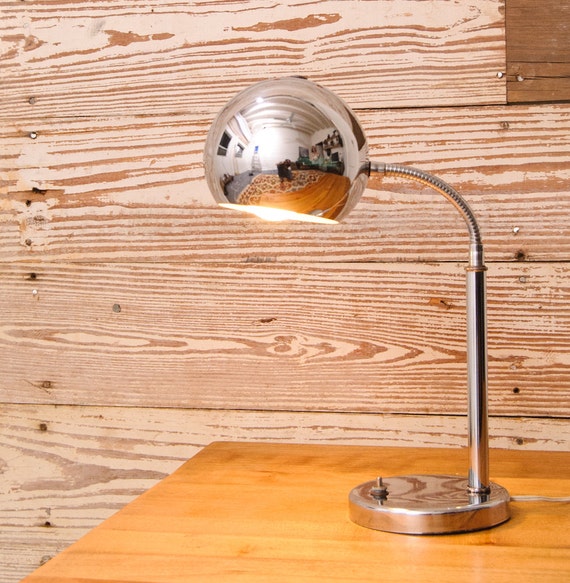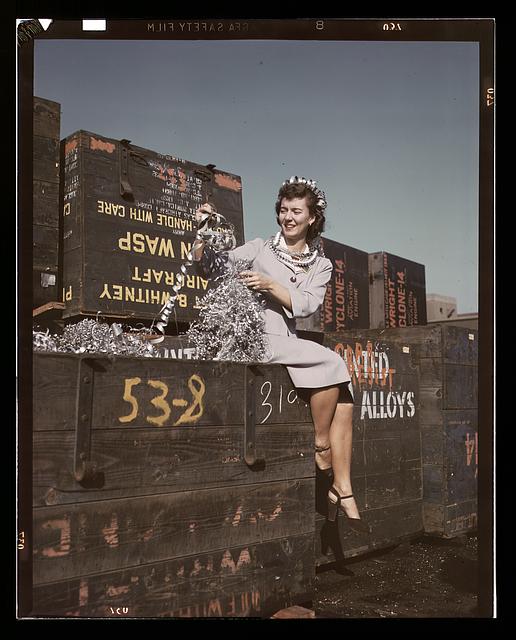I just love Chrome! And if your into the Mid-Century Modern aesthetic, you'll find that it was used everywhere from cars to kitchens and baths and even in clothing and accessories.
More often than not, the chrome pieces I find are covered in rust. Here's a cheap, effect, and fun way to remove the rust and polish vintage chrome.
The cola & aluminum foil method - used on a freshly picked 1930s Sunbeam Model T-9 Toaster:
1. Wad up a larger piece of foil.
2. Dip the aluminum in coke (water does the trick too) and rub the aluminum in a circular motion. A fine 'paste' will form.
3. Once the surface feels nice and smooth and you've wiped the gunk off, you can use a new piece of foil to get as much shine as you like.
Don't waste your time with a severely pitted pieces as the rust has likely eaten down through the chrome to the bare metal. Smooth it down as much as you can with steel wool then use the aluminum foil method to remove as much rust as possible.
The aluminum foil method also works pretty well on steel.
How it works: Aluminum oxide is harder than steel, and the microscopic grains of aluminum oxide produced during the cleaning process creates a fine metal polishing compound which, mixed with the coke you added, a mild acid, creates a paste that smoothes and polishes the chrome surface. This gets rid of surface rust very quickly and is a trick that's been used by vintage bicycle and motorbike enthusiasts for years. Also tested and proven effective on Mythbusters.
More Coke and aluminum restorations....

after

after



























































